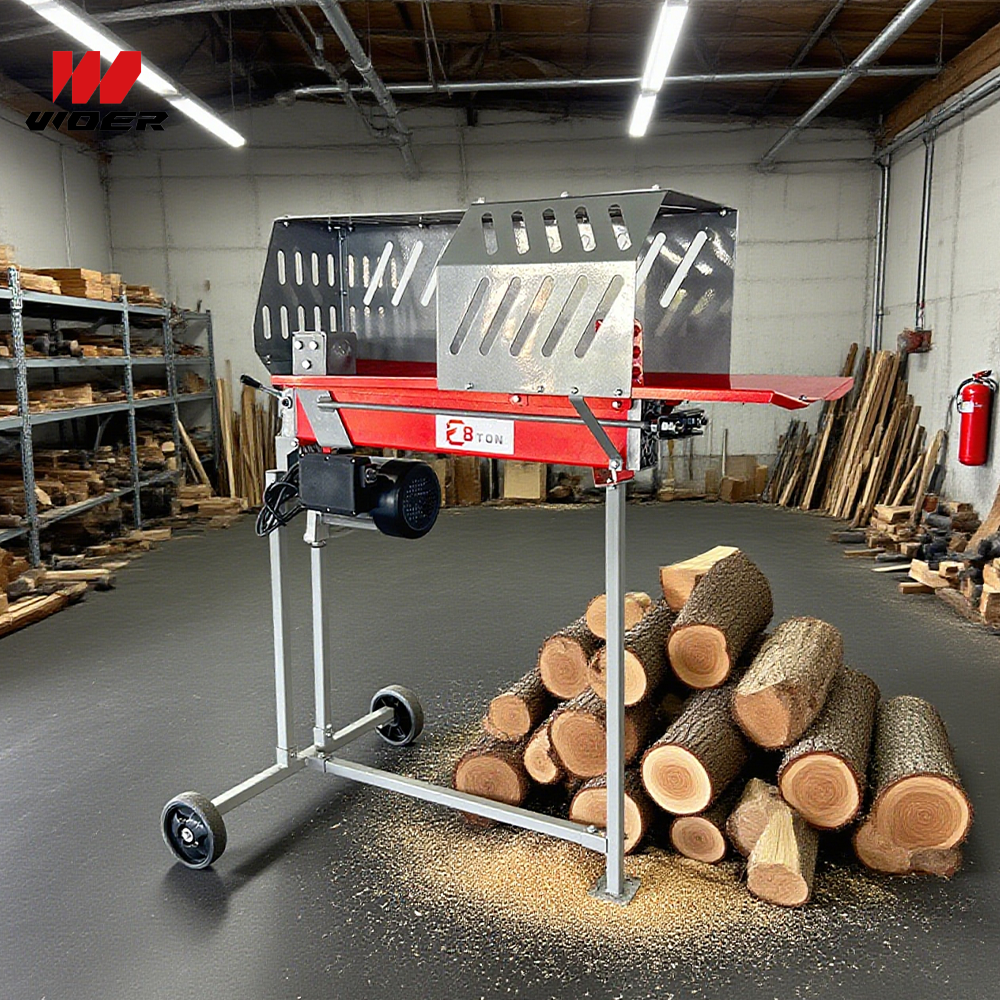Navigation
Contact us
Phone
Message

Basic Operating Steps of a Wood Splitter
1. What should I do before starting the wood splitter?
Place the machine on a flat and stable surface.
Inspect hydraulic oil, fuel (if applicable), and overall condition.
Ensure all safety guards and controls are functioning properly.
Wear protective gear such as gloves, goggles, and safety boots.
2. How do I prepare the logs?
Cut logs to the recommended length and diameter specified by the manufacturer.
Remove excess dirt, stones, or branches to protect the blade.
Position logs evenly for stability during splitting.
3. How do I start the machine?
For electric splitters: plug into a grounded power source and turn on the switch.
For hydraulic/gas splitters: start the engine or activate the hydraulic pump.
Verify that the machine runs smoothly without unusual noises.
4. How do I place the log for splitting?
Position the log upright on the support platform or cradle.
Ensure it is aligned with the splitting wedge.
Never hold the log with your hands near the wedge.
5. How is the splitting process performed?
Engage the control lever or button to move the ram forward.
The wedge applies pressure and splits the log into sections.
Once the split is complete, release the control so the ram returns automatically.
6. What should I do after splitting each log?
Remove the split wood carefully, keeping hands away from the wedge.
Prepare and place the next log in the splitting position.
Continue the process until all logs are split.
7. How do I shut down the machine?
Turn off the motor or engine after use.
Disconnect the power source (for electric models).
Allow the hydraulic system to release pressure.
8. What are the final steps after operation?
Clean the machine and remove wood chips or debris.
Inspect for any loose bolts, oil leaks, or worn parts.
Store in a dry, sheltered location with a protective cover.

This stunning beach house property is a true oasis, nestled in a serene coastal community with direct access to the beach.
Contact
West Street, Melbourne Victoria 3000 Australia